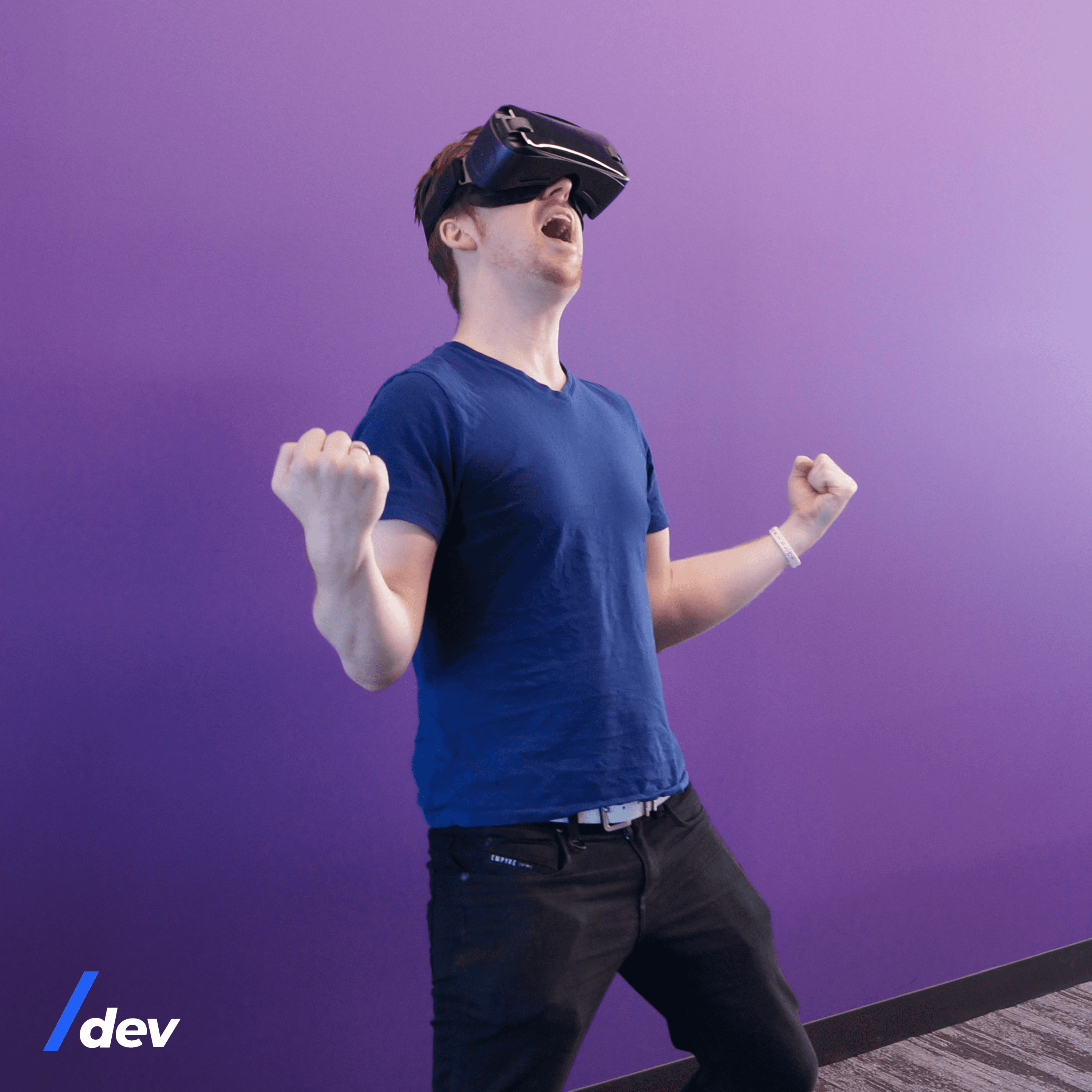Software Services
For Companies
For Developers
Portfolio
Build With Us
Get Senior Engineers Straight To Your Inbox

Every month we send out our top new engineers in our network who are looking for work, be the first to get informed when top engineers become available

At Slashdev, we connect top-tier software engineers with innovative companies. Our network includes the most talented developers worldwide, carefully vetted to ensure exceptional quality and reliability.
Build With Us
Designing VR Games Worth Playing: 6 Key Considerations/


Introduction/
Virtual reality (VR) gaming has taken the gaming industry by storm, offering immersive experiences that transport players to exciting virtual worlds. However, designing a VR game that captivates players and provides a truly engaging experience requires careful consideration of several key factors. In this article, we will explore six essential considerations for designing VR games that are worth playing. From user interaction to locomotion techniques and optimization, we will delve into the development details that contribute to creating exceptional VR gaming experiences.
Understanding the VR Medium/

Immersion and Presence
VR offers players a sense of immersion and presence, blurring the boundaries between the virtual and real world. Game designers must embrace this unique medium and create experiences that maximize the feeling of being present in the virtual environment.
User Experience (UX) Design Principles
VR game design should follow established UX principles, including intuitive controls, clear visual cues, and minimal motion sickness-inducing elements. Creating a comfortable and user-friendly experience is paramount to the success of a VR game.
Crafting Engaging Gameplay Mechanics/
Interaction and Input Methods
VR allows for innovative interaction methods beyond traditional gamepad controls. Designers should explore intuitive and immersive input methods, such as motion controllers or hand tracking, to enhance the sense of presence and player agency.
Spatial Audio Design
Sound plays a crucial role in VR immersion. Spatial audio techniques, such as 3D audio and binaural sound, enhance the realism and depth of the virtual environment. Proper audio design can significantly enhance the overall gameplay experience.

Navigating the Virtual World/
Locomotion Techniques
VR locomotion presents unique challenges, as it can induce motion sickness in some players. Designers must consider various locomotion techniques, such as teleportation, room-scale movement, or comfort-oriented movement systems, to provide a smooth and comfortable experience for players.
Level Design and Spatial Awareness
Creating virtual environments that are visually appealing, intuitive to navigate, and optimize player movement is crucial. Proper level design, including clear landmarks and spatial awareness cues, helps players navigate the virtual world seamlessly.
Visual Design and Performance Optimization/
Visual Fidelity and Performance
VR games require a balance between visual fidelity and performance to maintain a smooth and immersive experience. Optimizing graphical assets, employing efficient rendering techniques, and considering the limitations of VR hardware is vital for creating visually stunning games that run smoothly.
User Interface (UI) Design
VR UI design should be immersive, intuitive, and unobtrusive. Minimizing UI elements in the player’s field of view, utilizing spatial UI concepts, and ensuring readability and ease of use are key considerations for an optimal VR UI design.
Testing and Iteration/
User Testing
Conducting extensive user testing is crucial to identifying and addressing potential issues, such as motion sickness, discomfort, or gameplay challenges. Gathering feedback from players and iterating on the game design based on their experiences is essential for creating a polished and enjoyable VR game.
Iterative Development Process
The iterative development process allows designers to refine and improve the game based on user feedback and testing results. Continuous iteration helps optimize gameplay mechanics, performance, and overall player experience.
Conclusion/
Designing VR games that are worth playing requires a deep understanding of the unique opportunities and challenges presented by the VR medium. By considering factors such as immersion, user interaction, locomotion techniques, visual design, and user testing, game developers can create captivating and immersive VR experiences.
To embark on your journey of designing compelling VR games, visit slashdev.io and explore the wide range of tools, resources, and communities dedicated to VR game development. With careful consideration of the key considerations discussed in this article, you can create VR games that leave players eagerly anticipating their next virtual adventure. Embrace the world of VR gaming, push the boundaries of immersion, and unlock new dimensions of interactive entertainment.
